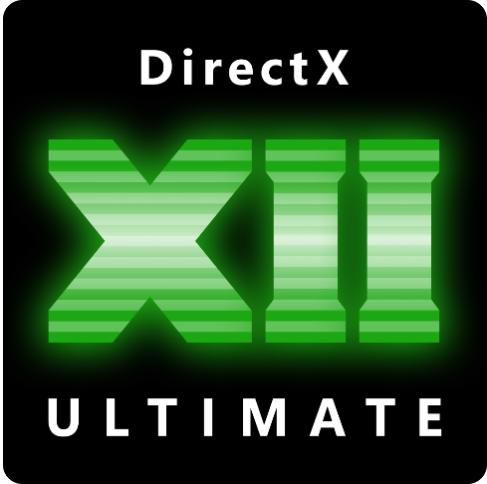When we talk about PS5 I/O, we aren't talking about the SSD or the speed (5.5 GB/s) of the SSD. That's not a problem for PC. On the hardware side, PC currently lacks the dedicated decompression unit that consoles (PS5/XSX | S) have. On the software side, its existing file I/O protocols are ancient. DirectStorage is being pushed to overcome this at least on the software side of things.
Decompression with Gen4 SSD speeds can take up to 24 cores with a conventional CPU (Threadripper) according to NVIDIA, 11 to 13 Zen 2 cores according to Sony and MS, respectively. With just 8 cores inside consoles, you can see they can't just rely on the main CPU for decompression of the game files. This is why console manufacturers built a custom decompression block into the I/O unit of the main SoC that offloads those tasks from the main CPU so the CPU can focus on what it's meant to do like processing of the game physics, instructions, preparing draw calls, etc. without having to worry about decompression overhead that much.
And this is where it's a problem for PC. DirectStorage kinda solves the problem on a software level, not on a hardware level. Gaming PCs with 6C/12T CPU like Ryzen 3600 or 5600X, heck even 8 cores are quickly going to get saturated when the decompression with Gen4 SSD is taking place leaving nothing for the games. They just aren't gonna cut it when games demand data to be decompressed and loaded from the NVMe to VRAM as soon as possible.
To solve this hardware problem NVIDIA is proposing a solution called "RTX I/O" where instead of using the CPU cores, with DirectStorage the game will use the GPU's CUDA cores or the SMs for decompressing the data. This is still going to impact gaming perf, IMO, and NVIDIA won't directly tell you or talk about this, at least not now. Because we'll likely see a dedicated decompression unit similar to consoles in the next-gen PC GPUs that will offload this task from the SMs. I mean this is not some wild concept. Remember this chart?
They'll have something like this up for the I/O decompression talk when selling their next-gen GPUs to you and show you how having a dedicated decompression, I/O cores in the GPU speeds up gaming perf instead of relying on the SM or the CPU.
This means gamers with Turing and Ampere GPUs are likely screwed if/when that happens just like GTX users are screwed without RT and AI cores. Think about this, even the console manufacturers could have gone the same route as NVIDIA and used their GPUs for decompression work, but they didn't. They felt the need to add a dedicated block so that it didn't impact gaming perf.
Now, do you understand what we mean when we talk about PS5/XSX I/O unit? Even XSX and XSS have some form of hardware decompression unit in the SoC.









